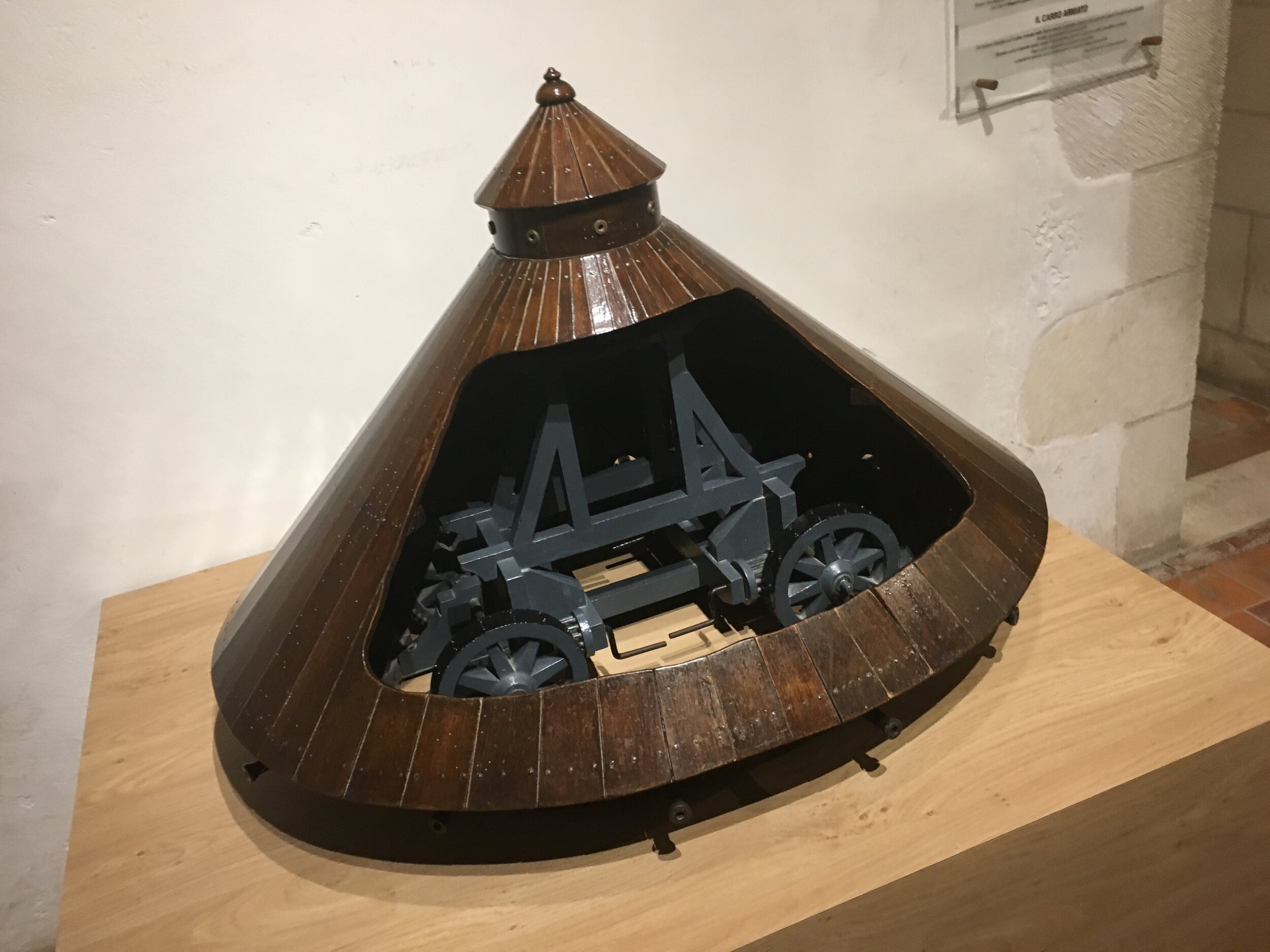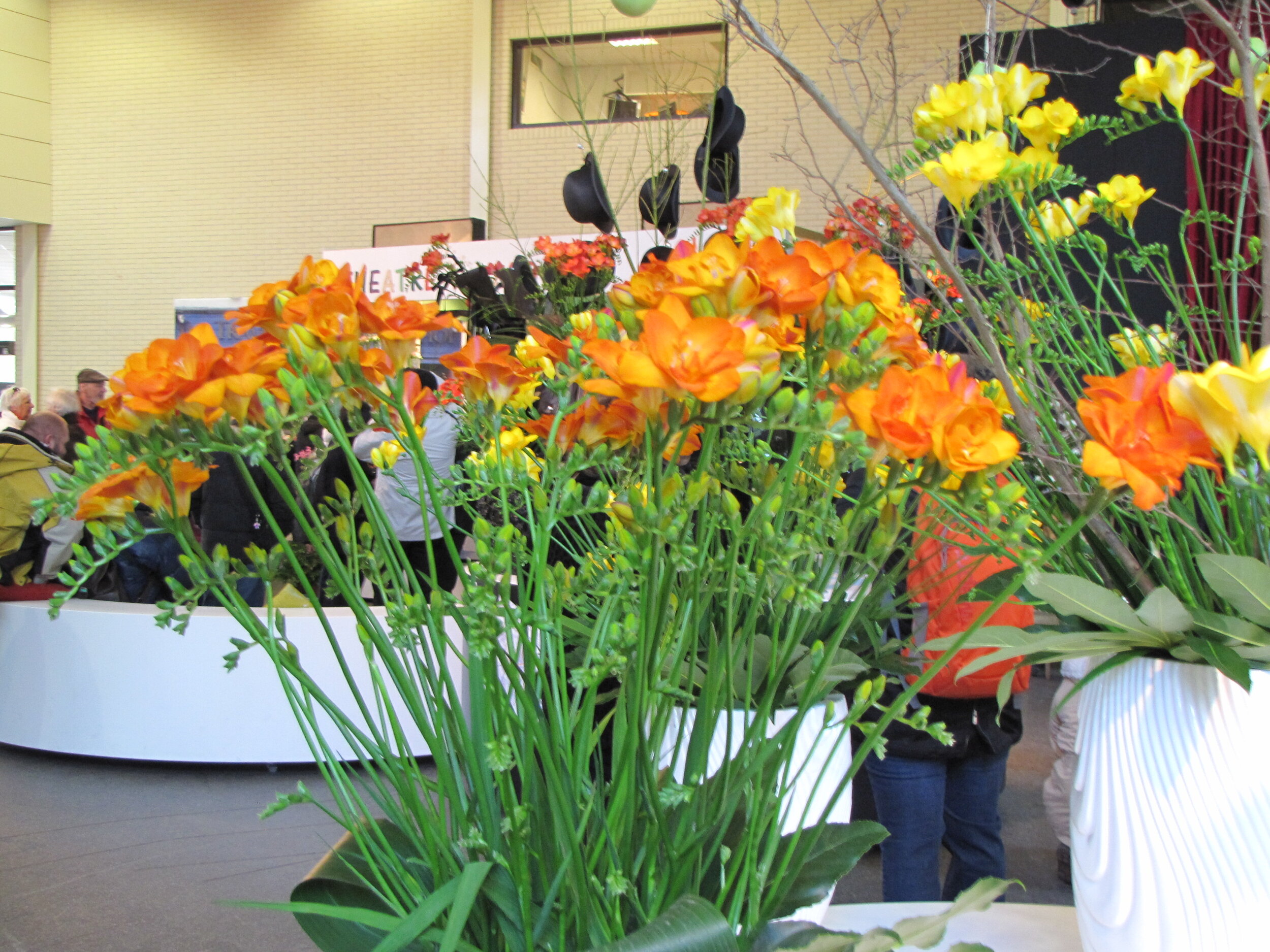11 Notable European Gardens
By Hank Schrader, USMA ’71, Europe Destination & Europe River Cruise Expert
Anne loves gardens. There are many great gardens in Europe, so I thought I’d tell about 11 really good gardens that you might want to visit during your travels.
She uses great terms to describe these wonderful places—relaxing, lush, easy to stroll through, beautiful and memorable among others.
So, let’s learn about 11 notable gardens in Europe.
Versailles
The gardens at Versailles are simply magnificent. Starting in 1661, the gardens, fountains and statues took 40 years to create. This was a huge task—thousands of workers created this area from the marsh lands of the original terrain. To maintain the original appearance, the gardens have to be replanted about every 100 years.
There are 55 fountains in the gardens and 155 statues. The area is so vast, that Louie XIV, the Sun King, actually wrote a guide how to visit these gardens, with a walk of 4 to 8 Km to see the entire grandeur of the gardens.
Kuekenhof Gardens
Only open for about 6 weeks each year, these gardens always make lists of the most beautiful gardens in Europe. In 2021 they will be open from 20 March to 9 May. There are over 7 million bulbs planted in autumn to bloom in the spring. You can see 800 different versions of tulips.
Along with the massive rows of tulips, there are pavilions with flowers displays. Bring your good walking shoes, because there are 10 miles (15 Km) of hiking paths in these gardens.
Royal Gardens at Wisey
We visited this wonderful exhibition in 2011. Located in Surrey, south of London, this is the second most visited gardens requiring a paid entrance fee in England.
It covers 240 acres and has formal and informal gardens along with model gardens intended to show how a visitor might create a small garden of their own.
One of our favorite areas were the different glasshouses with desert, tropical and temperate climate flora and fauna.
Alhambra
The gardens here are unique. They are called the Generalife Gardens. “Generalife” means garden of the architect.
These are amazing examples of Arab gardening. Since water was so important in the Arab world, most of the gardens feature striking plants with water features that dance and constantly interplay with the lush shrubs and flowers.
Cawdor Castle Gardens
The 3 gardens areas of Cawdor Castle are fun to visit. They are named the Flower Garden, the Walled Garden and the Wild Garden.
The Walled Garden is a fine example of a Victorian Garden. Over half the garden is a maze. It also has an orchard of fruit trees.
The Flower Garden has a French influence and is a more formal garden layout that bursts with color.
The Wild Garden is an untamed area of 750 acres. It has azaleas, rhododendrons, primulas, daffodils, willows and bamboos in a natural setting
Residenz, Wurzburg
The gardens here are whimsical, and colorful. These gardens were built when the Residenz was fortified, so all the gardens had to be inside the walls. There are 2 gardens here.
The first is the Court Garden, a Baroque, formal garden. The central feature of this garden are 8 large yews that shaped in perfect cone shapes.
The second garden is an English garden of meadows and small forests.
Peterhof
The fountains here are among the best in the world. There are 64 fountains on the palace grounds. The fountains operate without the use of pumps, taking advantage of springs and elevation to provide the required water of the fountains.
The two most important fountains are the Grand Cascade and the Sampson Fountain. The Sampson Fountain was constructed in 1730 and is a symbol of Russia’s victory over Sweden. It is the largest fountain on the grounds, with water that shoots up 66 feet in the air.
There is even a joke fountain that sprays the unwary if they step on a stone in the walkway.
New Palace Rose Garden, Bamberg
The roses here are one of the best displays of roses we have ever seen. There are about 4,500 roses planted in 70 different flower beds.
It is unmatched for fragrance and color and also offers great views of Bamberg on the outside walls of the garden.
Dunvegan Castle
The lush gardens here make for a pleasant walk on this Scottish castle grounds. Located on the Isle of Skye’s, the 5 acres of gardens are a delight. There are 4 gardens—the Walled garden, the Rose garden, the Water garden and the Woodland Walk garden area.
The Water Garden has ornate bridges and island and waterfalls and was my favorite part of the gardens.
The Walled garden was the old vegetable garden, but now has a diverse range of plants and flowers, and includes a water lily pond.
Real Alcazar Gardens
In Seville, these peaceful gardens are surrounded by strong walls. These are among the oldest gardens in all Europe.
There are at least 12 different gardens here and each has a legend associated with the garden. For example, the Queen’s garden takes its name from the room that Queen Isabella gave birth to Prince John and could view the garden from this room.
There are 170 different types of plants in these 60,000 square meters of gardens.
Chateaux Chenonceau
This estate in the Loire Valley in France has extensive gardens. It has a wonderful duck pond, well maintained gardens and an interesting carriage house on the grounds.
There are many different gardens on the grounds. The main two are the gardens of Catherine de Medicis and Diane de Poitiers. There is also a maize, a green garden and a vegetable garden to see.
Diane's garden is a French formal garden based on eight grass triangles
Catherine's garden features an avenue of orange trees, climbing rose trees and flower borders on the edge of the moat.
My Final Thoughts
Just one more fascinating reason to visit Europe—wonderful gardens. If you are interested in gardens, we have a wonderful contact in England who can help us arrange tours to take advantage of peak times of blooms.
When you are spending your hard-earned money for a vacation, you want an advisor who can match you with the right trip. You want someone who will understand your expectations and fuel your anticipation (or excitement) to get you the best possible trip experience. And, you want someone who can help you with the decision making process. We think we have all these qualities.
Whatever your Dream Destinations are, we are here to help you get the best possible vacation based on what is important to you! We will provide you high quality, expertly planned travel. Please give me a call 713-397-0188 (Hank) or email me at hschrader@dreamdestinations.com. We want to help you: Savor life…make memories…Visit Dream Destinations! Your journey begins here!
HANK is a certified Western European Destination Specialist (DS) who has been traveling to Europe for 49 years. He is also an Accredited Cruise Counselor (ACC), conferred by the Cruise Line International Association (CLIA). This recognized expert in cruise and leisure travel is a retired Army Officer, and taught World Geography for 8 years. He is a `71 graduate of West Point and has earned 2 master’s degrees. His other Certifications:
AmaWaterways River Cruise Specialist
Viking River Cruise Specialist
Scenic River Cruise Specialist
Emerald Waterways Specialist
Avalon Waterways Specialist
Brit Agent










































































































































































